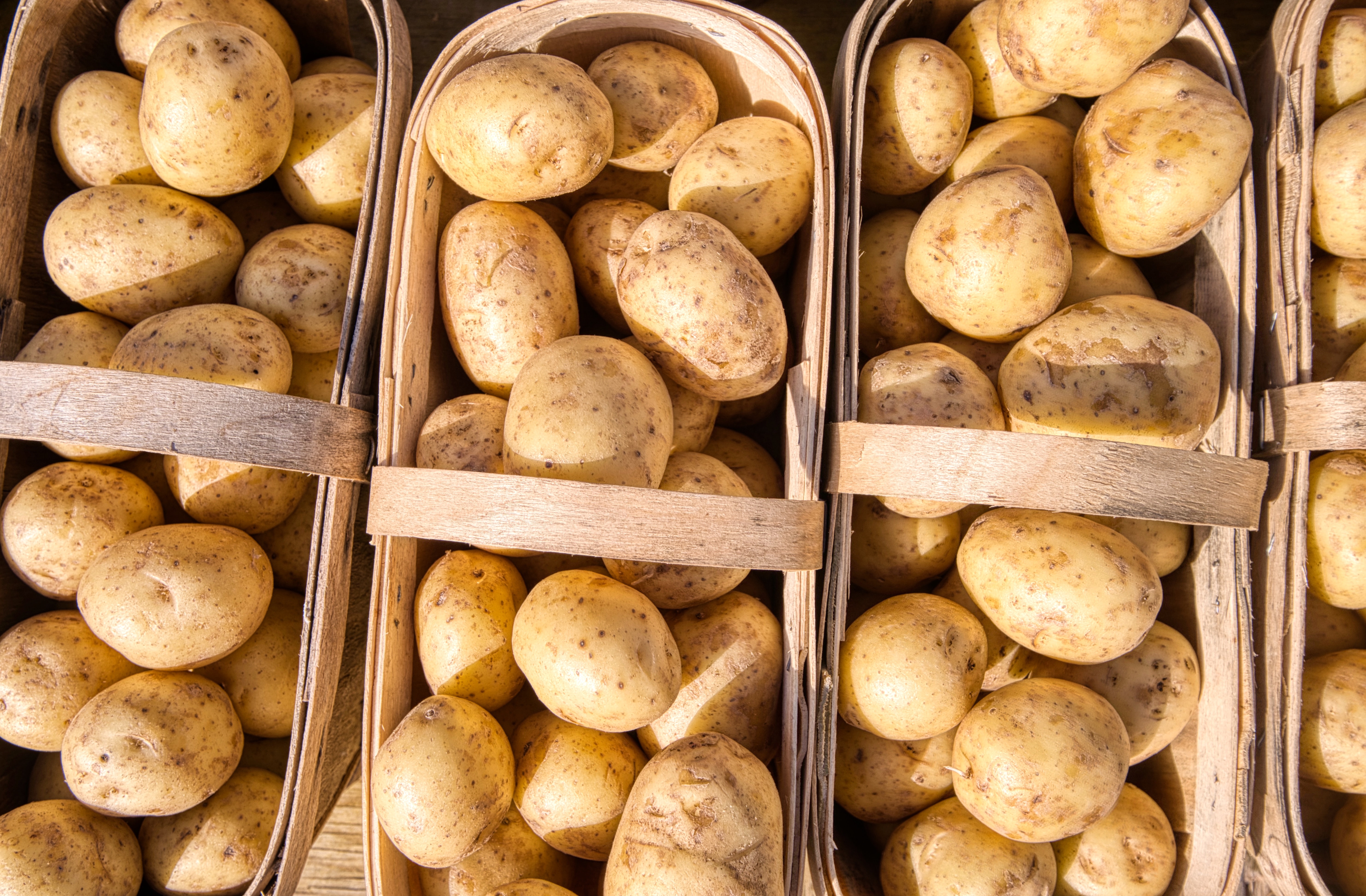Copper boosts pig growth, and now we know why
Pigs have better feed conversion rates with copper in their diets, but until now, scientists didn't fully understand why. Existing research from the University of Illinois shows copper doesn't change fat and energy absorption from the diet. Instead, according to new research, the element seems to enhance pigs' ability to utilize fat after absorption, resulting in increased energy utilization of the entire diet.

Research from the University of Illinois explains why copper enhances feed conversion rates in pigs.
University of Illinois College of Agricultural, Consumer and Environmental Sciences
"Our results indicate copper hydroxychloride is enhancing metabolism of fat, and that's how the pigs get more energy. And that, we believe, can explain why pigs have better feed conversion rates when we feed this copper source in the diets," says Hans H. Stein, professor in the Department of Animal Sciences at Illinois and co-author of a new study in the Journal of Animal Science.
In the study, Stein and his collaborators fed pigs one of two diets. Both primarily contained corn, soybean meal, and distillers dried grains with solubles, but one diet (a control) contained only 20 milligrams of copper chloride per kilogram. The experimental diet was identical, except it also contained 150 milligrams of copper hydroxychloride per kilogram.
Pigs consuming the experimental diet experienced greater average daily gain and gain-to-feed ratio, representing better feed conversion and economic savings for producers.
Stein's previous work showed fat and energy digestibility didn't change with inclusion of similar rates of copper hydroxychloride. So, to really understand copper's effects on post-absorptive fat metabolism, the researchers evaluated gene expression in tissue samples from the pigs.
"We saw greater expression of genes involved in lipid metabolism and lipid utilization in the liver, adipose tissue, and to a lesser degree in the muscle," Stein says. "This indicates that dietary copper may affect signaling pathways associated with lipid metabolism by improving the uptake, transport, and utilization of fatty acids."
Copper's ability to boost feed conversion rates is welcome news with agencies regulating antibiotics as growth promoters.
But copper isn't necessarily a perfect workaround.
In Europe, Stein says, environmental concerns prompt copper regulation in waste streams. That's why understanding copper's role in pig nutrition is so important. If less copper or a different form with a smaller environmental footprint could fulfill the same biological function, producers could continue to benefit while also protecting the environment.
Most read news
Topics
Organizations
Other news from the department science

Get the food & beverage industry in your inbox
By submitting this form you agree that LUMITOS AG will send you the newsletter(s) selected above by email. Your data will not be passed on to third parties. Your data will be stored and processed in accordance with our data protection regulations. LUMITOS may contact you by email for the purpose of advertising or market and opinion surveys. You can revoke your consent at any time without giving reasons to LUMITOS AG, Ernst-Augustin-Str. 2, 12489 Berlin, Germany or by e-mail at revoke@lumitos.com with effect for the future. In addition, each email contains a link to unsubscribe from the corresponding newsletter.


























































